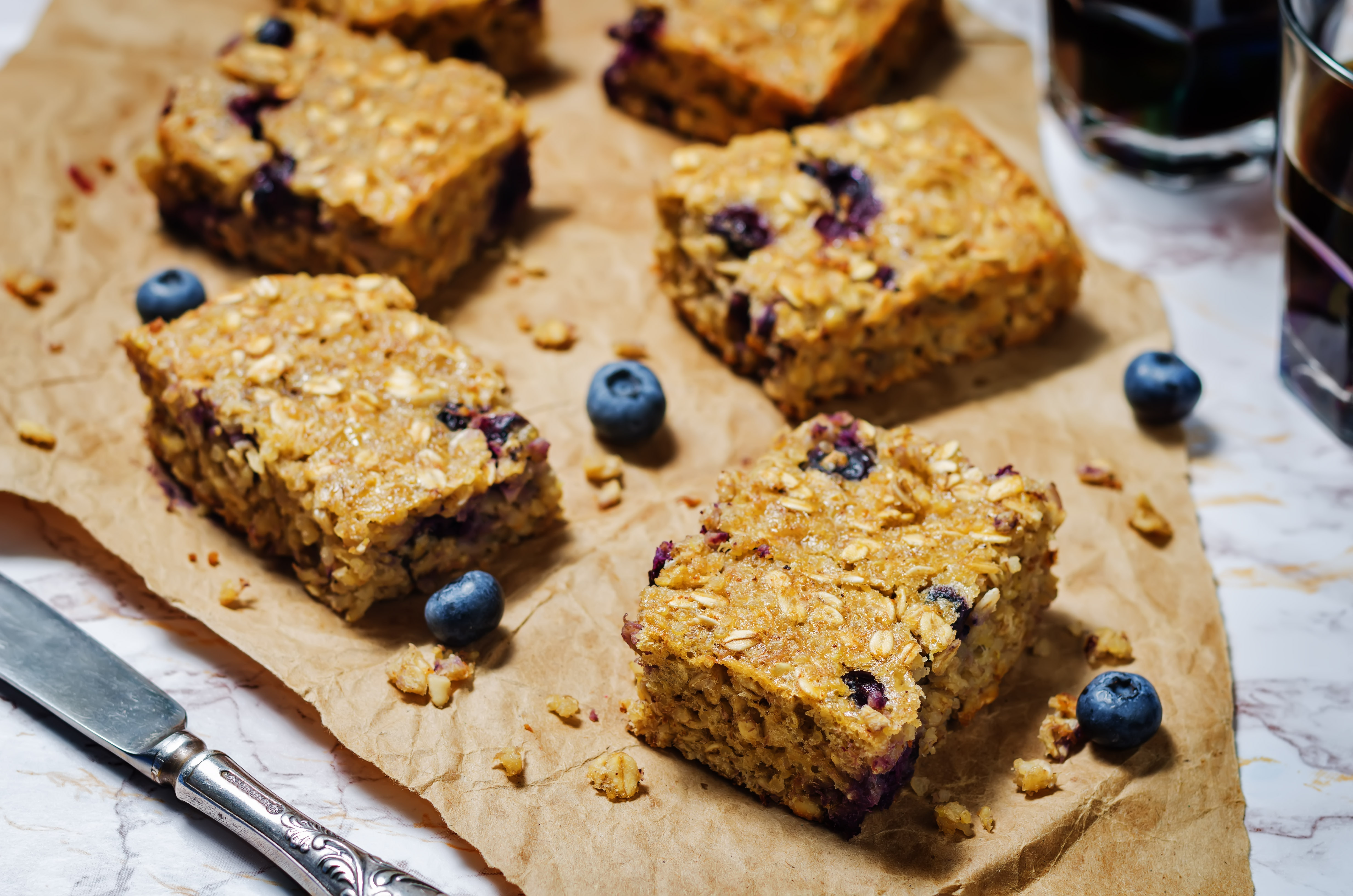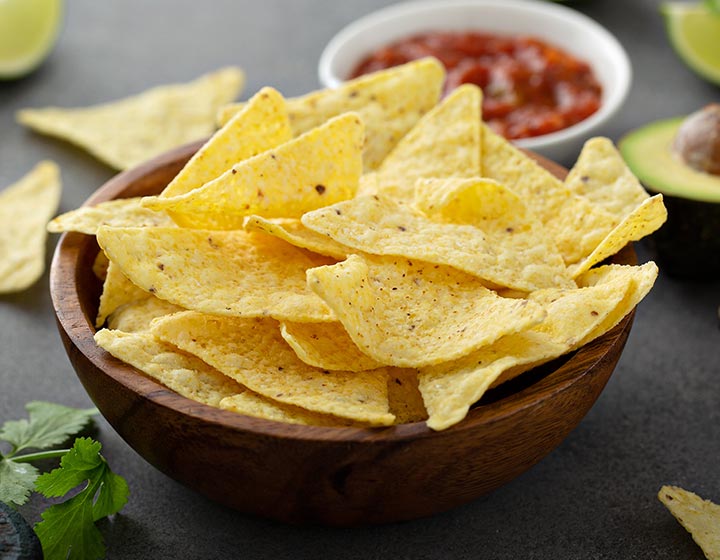
Tapioca
Learn more about tapioca
Tapioca is a cost-effective and easy-to-use ingredient that perfects texture in food products without impacting flavour. It can be used in both food and beverage products to give an ideal functionality that consumers love. Continue reading to discover where it’s grown and how it’s used.
The origins and uses of tapioca
Tapioca is an ingredient derived from cassava root, also known as yuca. Originally discovered in South America, cassava has been cultivated in parts of southeast Asia, like Thailand, and South Africa because the climates are ideal for growing.
Cassava grows underground like other tubers and is harvested by hand. The root has a dark, fibrous exterior resembling a sweet potato. This skin is removed to expose a white interior. In its raw form, cassava is toxic and must be processed (e.g., soaked, boiled, cooked) to be safely consumed. Cassava root can be eaten as side or used as an ingredient. The top of plant is also edible.
Difference between cassava, tapioca and yuca
Depending on geography, the cassava plant and root may be referred to as ‘yuca.’ Cassava roots can produce either cassava flour or tapioca starch. Cassava flour incorporates the entire tuber whereas tapioca starch is produced using only the starch from the root. Both can be used as an ingredient in home kitchens as well as industrial manufacturing.
Turning cassava root into cassava flour and tapioca starch
Before it can be used as an ingredient, cassava root goes through a series of steps, starting with the cultivation. After its grow cycle, farmers harvest the roots, which go through a series of washes. Roots are peeled, mashed into a pulp and then soaked. Processing the entire tuber produces cassava flour, while processing only starch from the root produces tapioca starch. Like other starches, tapioca starch differs from tapioca flour in that the protein is removed from the base material. Learn more about how Ingredion manufactures its tapioca starches and multi-functional flours.
Characteristics of tapioca starch and cassava flour
Tapioca starch and cassava flour have the following characteristics, which are on-trend for health-conscious consumers:
- Supports ‘natural’ claim enablement1
- Simple, recognised ingredient2
- Gluten- and grain-free
- Non-GMO
When used in foods and beverages, tapioca starch and cassava flour add viscosity and texture, resulting in an enhanced mouthfeel. They have an inherently neutral flavour profile that can be used in sweet and savory formulations. Tapioca starch and cassava flour appear white in colour but become mostly transparent when incorporated and do not have a significant impact on the colour of the finished food or beverage. They also create a glossy appearance in high-moisture applications.
Formulating with tapioca
Food manufacturers around the world use functional native (clean label) and modified tapioca starch in many formulations for their versatility and functional performance. Multi-functional tapioca flours excel in extreme manufacturing conditions. These ingredients perform well in a variety of food and beverage products across all temperatures (i.e., refrigerated, frozen, shelf stable).
Reasons to formulate with tapioca starch
Tapioca starch is appealing to manufacturers for many reasons:
- Margin management: Compared to more volatile raw materials and commodities, tapioca starch has a stable supply. Its texture can help reduce other ingredients like dairy to drive formulation cost effectiveness, while its neutral taste can enable reduction of other ingredients without impacting enjoyment of eating.
- Functional performance: Both functional native and modified tapioca starch withstand temperature swings between freezing to thawing, making it ideal for both shelf stable and frozen food products. These ingredients can also extend shelf life, thereby reducing waste.
- Nutritional appeal: Fat- and cholesterol-free, cassava can appeal to consumers who want to lose weight or control diabetes. Its creamy texture can enable reduction of dairy and other fats to improve nutritional profiles.
- Label appeal: There is no gluten, grain, nut or dairy in tapioca starch, which supports allergen-free labelling and celiac needs; and kosher, halal and vegan requirements.
- Stable supply: Here in Asia, we have secured a stable supply of tapioca with our tapioca plantations right in the heart of our region. With multiple grow regions and seven processing plants, Ingredion leads the world in offering a secure global supply for tapioca.
Get in touch about our clean label starches, flours and modified tapioca starch products to unlock how to delight consumers with incredible texture and health-conscious labels.
Let’s make your goals a reality
Agile collaboration. Deep formulation expertise. Broad portfolio of in-demand ingredients. Market research and consumer insights.
1. Manufacturers should consult regulations specific to all target markets. Of the countries that regulated “natural” products in March 2019, these ingredients meet the legal criteria of the UK and France, as well as the EU, and also the technical specifications defined in the global ISO/TS 19657. This information is intended to support the efforts of our customers to develop and implement an appropriate labeling strategy for products containing Ingredion ingredients or additives. In all respects, the ultimate decision on how to identify and label ingredients or additives on food packages remains with our customers. We urge you to carefully review the relevant regulations and to seek appropriate legal counsel as you determine the labeling requirements applicable to your products.
2. ATLAS, Ingredion Proprietary Consumer Research, 2023
The information described above is solely offered for your consideration, investigation and independent verification. It is up to you to decide whether and how to use this information. Ingredion Incorporated and the Ingredion group of companies make no warranty about the accuracy or completeness of the information contained above or the suitability of any of their products for your specific intended use. Furthermore, all express or implied warranties of noninfringement, merchantability or fitness for a particular purpose are hereby disclaimed. Ingredion Incorporated and the Ingredion group of companies assume no responsibility for any liability or damages arising out of or relating to the foregoing.




